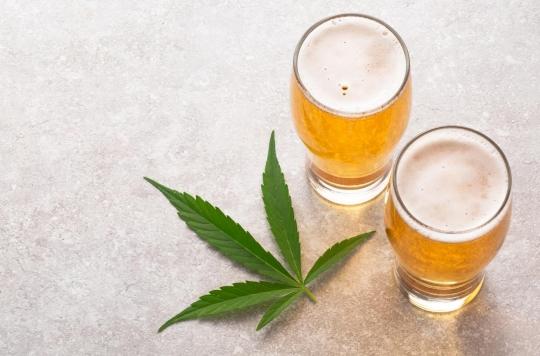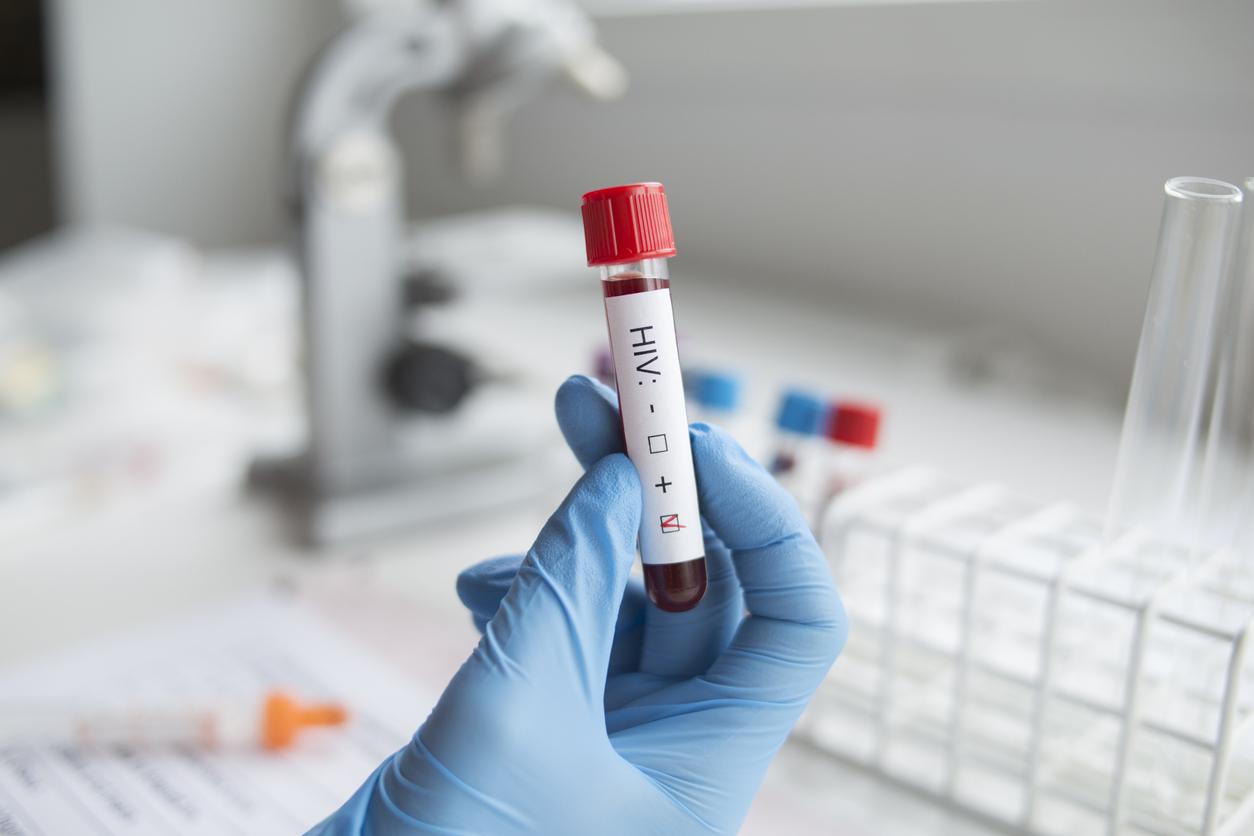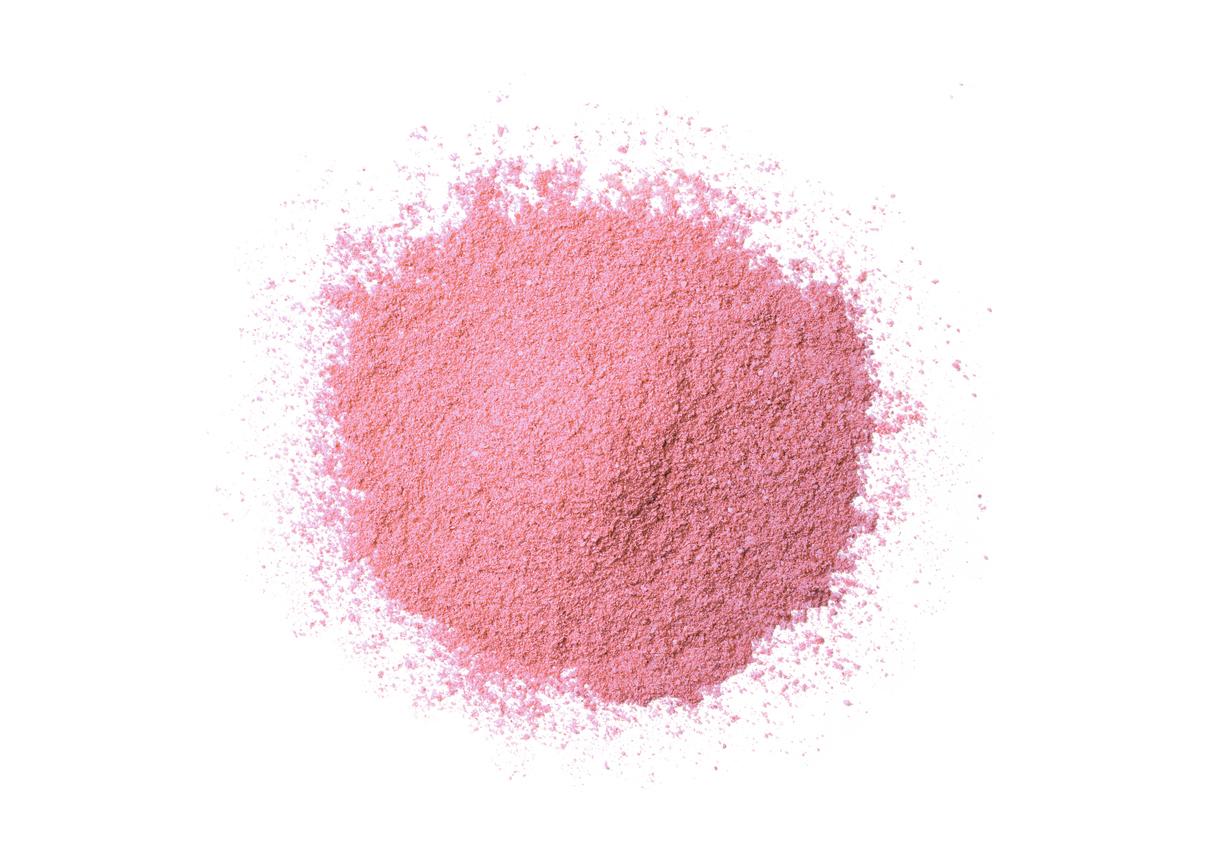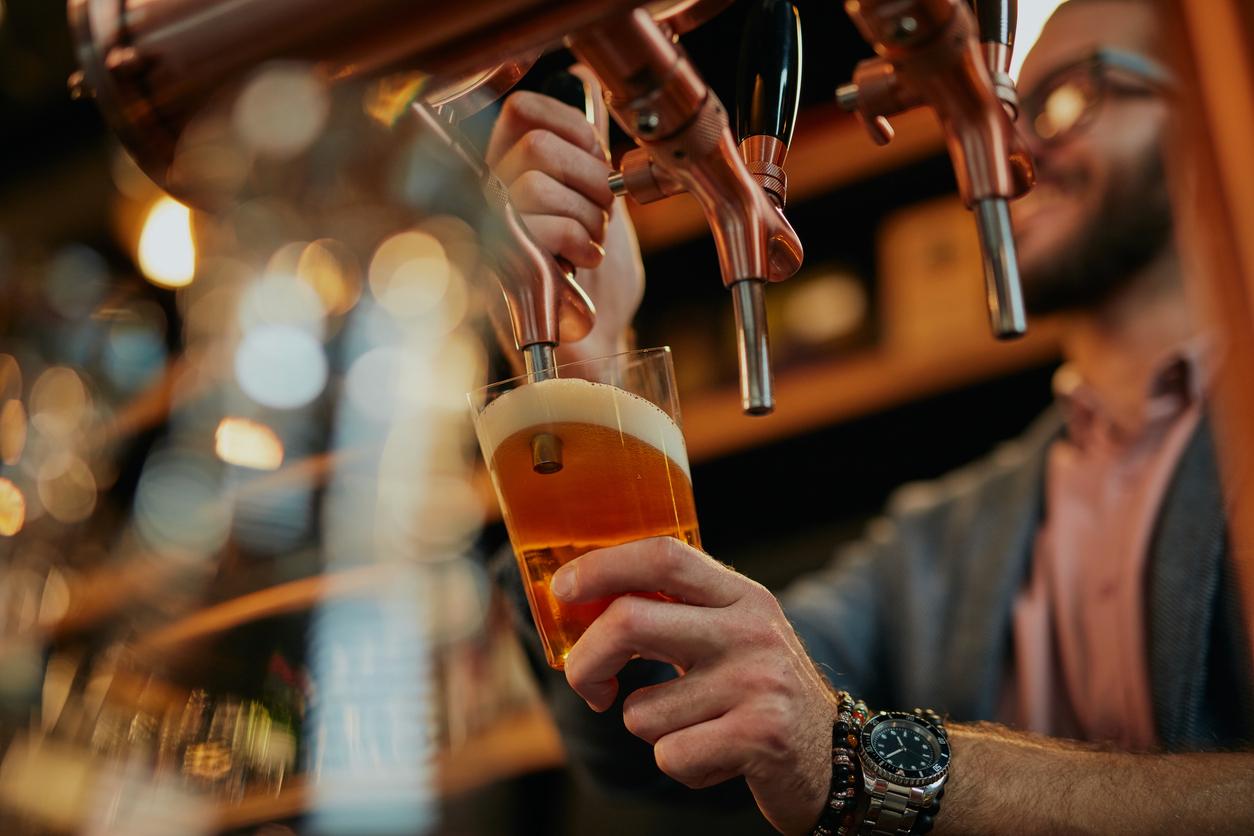Certain sectors of activity promote the use of drugs, alcohol and tobacco. Here are which ones.

- The consumption of psychoactive substances such as tobacco, alcohol, cannabis or other illicit drugs has adverse health consequences.
- Short- and long-term health and social problems make the consumption of psychoactive substances one of the main causes of avoidable mortality in France.
Public health France published the results of its Health Barometer devoted to the consumption of psychoactive substances in the workplace. Carried out on a sample of more than 25,000 people, it has made it possible to establish a map of the consumption of psychoactive substances according to the professions of each.
Occupational sectors where people drink, smoke and take drugs the most
The results suggest higher than average levels of use in the accommodation, restaurant, and arts, entertainment and recreation sectors for virtually all products (excluding daily alcohol), for both men and women. . Among the sectors studied, some have a higher proportion of legal drug users. The construction sector is particularly marked by particularly high levels of tobacco and alcohol use among men, as are agriculture, forestry and fishing, as well as real estate activities. The arts, entertainment and recreational activities sector is associated with more frequent experimentation with illicit substances in both men and women, and higher occasional heavy monthly alcohol consumption (IPA) in men.
The healthiest industries
Other sectors of activity are associated with lower than average consumption levels depending on the product, particularly among men. These are public administration (tobacco, cannabis during the year), education (tobacco, API), human health and social action (daily alcohol), information and communication (tobacco, daily alcohol), production and distribution of electricity, gas, steam and air conditioning (daily alcohol, MDMA/ecstasy/amphetamines) and specialized, scientific and technical activities (tobacco).
Many of these observations had already been made in 2010, but some new elements emerged: the more frequent use of tobacco and alcohol in the real estate sector, while use in the manufacturing industry (alcohol, tobacco) and trade (tobacco) are close to the average.
“A possible targeted prevention”
“Our results reveal disparities between sectors of activity, thus highlighting the increased risks within certain sectors with a view to possible targeted prevention. Our prevention programs are aimed at everyone. information and prevention which can be a support for companies in their prevention approach. Our remote assistance systems (Tobacco Info Service, Alcohol Info service and Drugs Info service) can also be resources for everyone”, underlines Viêt Nguyen-Thanh, head of the addictions unit at the Department of Prevention and Health Promotion of Public Health France.
For the MILDECA (Interministerial Mission for the Fight against Drugs and Addictive Behaviours): “che new data usefully complements those published a few weeks ago by MILDECA from the exploitation of the CONSTANCES cohort of INSERM and provide a precise vision of the addictive behaviors of the active population for employers and public authorities in charge of public health and occupational health.
Dr Nicolas Prisse, president of MILDECA, adds: “the dissemination of scientific data to companies aims to promote awareness of the importance of the consumption of psychoactive substances and its challenges, in particular by managers and HRDs, in order to provide appropriate and consistent responses to improve the safety and health of workers, the quality of life at work and the performance of organisations. This awareness is all the more necessary as working habits have been disrupted for more than a year and certain weaknesses have developed in the working population. Addictive behaviors are not only a personal problem and their prevention is also a managerial issue which must allow employees and agents to carry out their work in the best possible conditions, without jeopardizing their health and safety through the use of drugs and alcohol to keep up at work, perform better, respond to stress, etc.

.

















